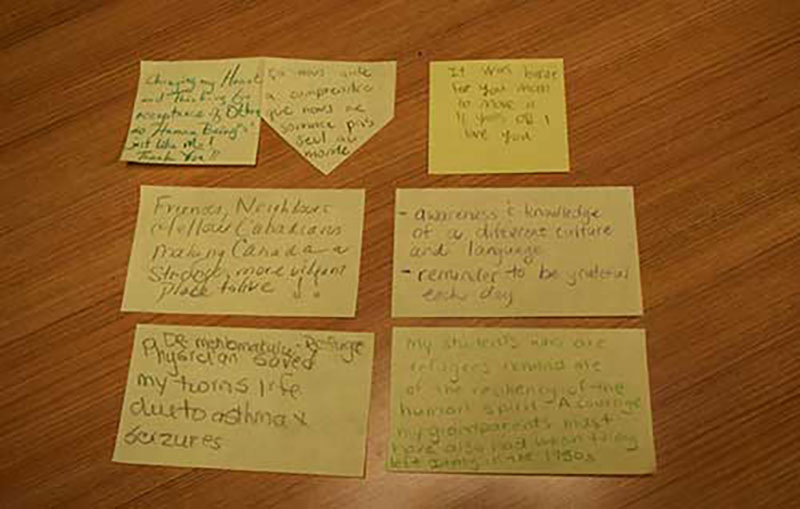When there is a war in a country, it can become difficult for its citizens to leave... People lose their lives and leave their homes to escape to neighboring countries. Or, they might simply stay put and instead move around the country while waiting to return to their homes.
Each of these categories of people experience different challenges. The most important challenge, and certainly one that we can relate to, is fear.
Growing up in Burundi during the civil war, where there was violence every day, my family faced so many difficulties but… we managed to stay. Growing up, it was heart-breaking to watch your friends and neighbors either being pushed away from their homes or watching their houses being burnt. My eyes have seen people suffering and everything I have experienced has given me a lot of experience in life.
People who were displaced and refugees were relocated not far from my home. They lived in miserable conditions. In the camps, there was no food. The camps were heavily overcrowded and those who fell sick did not receive medical care. Infectious diseases affected many of these people.
During this crisis, community members played a very important role in helping people living in these camps. The challenge was not just of a material nature. We spent so many days visiting them. We sat and listened, trying to comfort them and let them cry on our shoulders. Then, I realised that when you live through those dramatic events, the community can indeed help in many ways. It can help to cover some basic needs such as food, clothes, shelter…
However, the biggest challenge is, most certainly, the emotional and psychological trauma. Those feelings remain unaccounted for, unacknowledged, undocumented… yet that will, in all likelihood, leave a scar that will last for a long time.
Most recently, the Canadian Museum of Immigration at Pier 21 displayed a temporary exhibit, created in-house, called Refuge Canada. It explored the themes of life before, fear, displacement, refuge and life in Canada. In this exhibit, there were many interactive elements to engage our visitors, but two in particular reminded me very much of my experience.
The first interactive feature used motion sensor technology and directional speakers to invite visitors to open three doors by simulating a knocking sound when they approached. When the visitors opened the doors, they revealed images representing the trauma refugees face (people with guns taking others prisoner and a family around a coffin). This played a major role in having visitors learn about the experiences of refugees. It was powerful in conveying some of the feelings of refugees and in delivering the message to people who, unlike me, may not have had that first hand experience with refugees.
The second interactive feature of the exhibit, which I also loved very much, was an activity where people were invited to share their own experiences concerning the impact refugees had on their own communities.
Here are some responses from our audience:

“Changing my heart and thinking for acceptance of others as Human Beings just like me. Thank you!!”
"It helps us to remember that we are not alone in the world.”
“It was hard for you mom to move a 16 years old. I love you.”
“Friends Neighbours and fellow Canadians making Canada a stronger more vibrant place to live!!”
“Awareness and knowledge of a different culture and language. Reminder to be grateful each day.”
“Dr. Mehlomakulu - Refugee Physician saved my twins’ life due to asthma + seizures.”
"My students who are refugees remind me of the resiliency of the human spirit. A courage my grandparents must have also had when they left Italy in the 1950s"
Thinking back and now living here in Canada, I feel somewhat privileged in having had the opportunity to witness what I saw-as hard and difficult as it all was.
If you didn’t get chance to see Refuge Canada at the Canadian Museum of Immigration at Pier 21, don’t worry. It is now travelling across the country. The next venue is Peel Art Gallery in Peel, Ontario opening in June.
